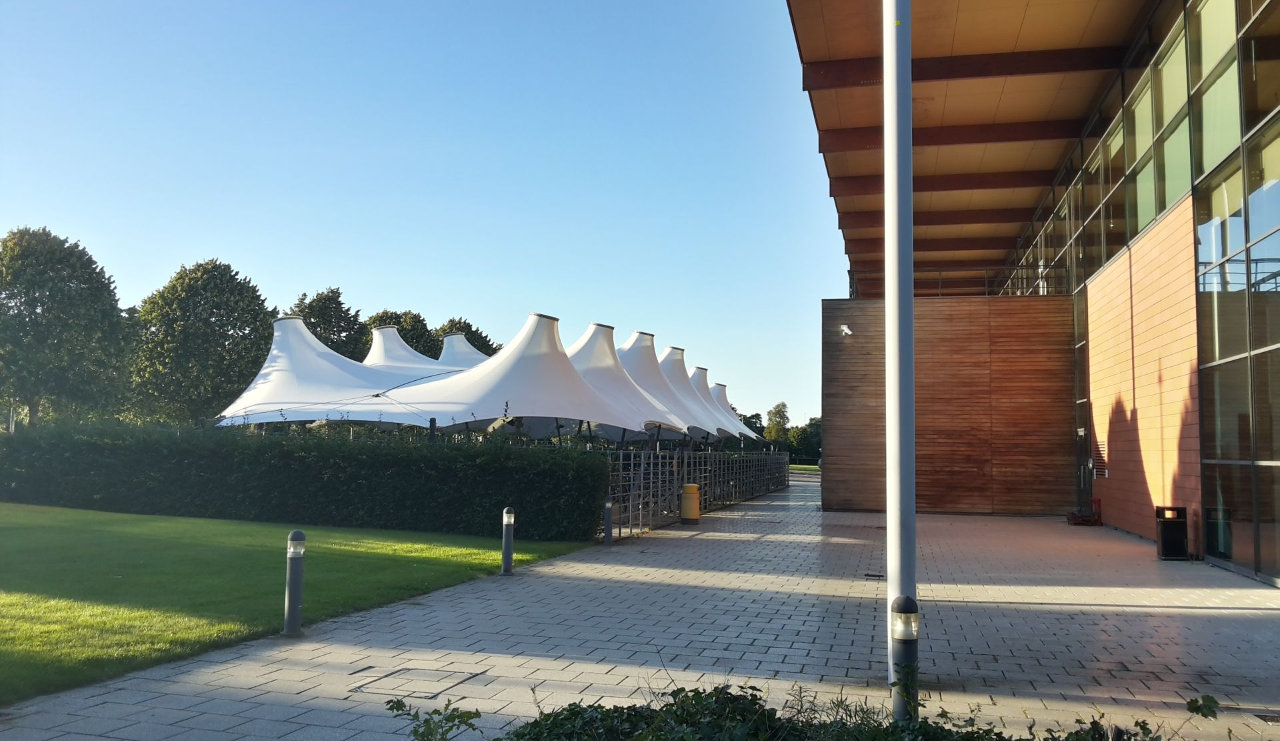List items
Items from the current list are shown below.
Blog
All items from May 2018

So, I didn't think I'd say this, but I'll miss this teaching. I've had the privilege to experience teaching across multiple HE institutions in the UK (Oxford, Birmingham, Liverpool John Moores, Cambridge). Living up to the high teaching standards of my colleagues and what the students' rightfully demand has been hard across all of these, but it's been great motivation and inspiration at the same time.
And, having grown up in a household of teachers, and after twenty years in the business, I think I've now seen enough of a spectrum to understand both the importance of teaching, but also its limitations. The attitude and aptitude of students plays such a crucial role in their learning. When you only get to interact with students in one small slice of their overall curriculum, there's a limit to how much you can affect this. That's not to downplay the importance of encouraging students in the right way, but rather to emphasise that teaching is a group activity. Students need good teachers across the board, and also need to bring an appetite.
It's great to teach good, enthusiastic students, and to see them grasp ideas as they're going along. But my ultimate conclusion is a rather selfish one: the best way to learn a practical subject is to do it; the best way to learn a theoretical subject is to teach it.
My life seems to move in cycles. Back in February 2014 I set up git on my home server to host bare repositories for my personal dev projects. Up until then I'd been using Subversion on the same machine, and since most of my projects are personal this worked fine. Inevitably git became a sensible shift to make, so I set up gitolite for administration and with the Web front-end served up using gitweb.
Unfortunately, back then I couldn't get access control for the Web frond-end to synchronise with gitolite. It's been a thorn ever since, and left me avoiding my own server in favour of others. There were two parts to the reason for this. First the inability to host truly private projects wsa an issue. I often start projects, such as research papers where I host the LaTeX source on git, in private but then want to make them public later, for example when the paper has been published. Second, I was just unhappy that I couldn't set things up the way I wanted. It was important for me that the access control of the Web front end should be managed through the same config approach as used by gitolate for the git repositories themselves. Anything else just seemed backwards.
Well, I've suddenly found myself with a bit of time to look at it, and it turned out to be far easier than I'd realised. With a few global configuration changes and some edits to the repository config, it's now working as it should.
So, this isn't intended as a tutorial, but in case anyone else is suffering from the same mismatched configuration approach between gitweb and gitolite, here's a summary of how I found to set things up in a coherent way.
First, the gitweb configuration. On the server git is set up with its own user (called 'git') and with the repositories stored in the project root folder /srv/git/repositories. The gitweb configuration file is /etc/gitweb.conf. In this file, I had to add the following lines:
$projects_list = $projectroot . "/../projects.list"; $strict_export = 1;
The first tells gitweb that the Web interface should only list the project shown in the /srv/git/projects.list file. The second tells gitweb not to allow access to any sub-project that's not listed, even if someone knows (or can guess) the direct URL for accessing it.
However, that projects.list file has to be populated somehow. For this, I had to edit the gitolite config file at /srv/git/.gitolite.rc. This was already set up mostly correctly (probably with info I put in it four years ago), apart from the following line, which I had to add:
$GL_GITCONFIG_KEYS = "gitweb.owner|gitweb.description|gitweb.category";
This tells gitolite that any of these three keys can be validly added to the overall gitolote configuration files, for them to be propagated on to the repositories. The three values are used to display owner, description and category in the Web interface served by gitweb. However, even more importantly, any project that appears in the gitolite file with one of these variables, will also be added to the projects.list file automatically.
That's great, because it means I can now add entries to my gitolite.conf that look like this:
repo myproject RW+ = flypig R = @all R = gitweb config gitweb.owner = flypig config gitweb.description = "A project which is publicly accessible" config gitweb.category = "Public stuff"
When these changes are pushed to the gitolite-conf repository, hey-presto! gitolite will automatically add the project to the projects.list file, and the project will be accessible through the Web interface. Remove the last four lines, and the project will go dark, hidden from external access.
It's a small change, but I'm really pleased that it's finally working properly after such a long time and I can get back to developing stuff using tools set up just the way I like them.